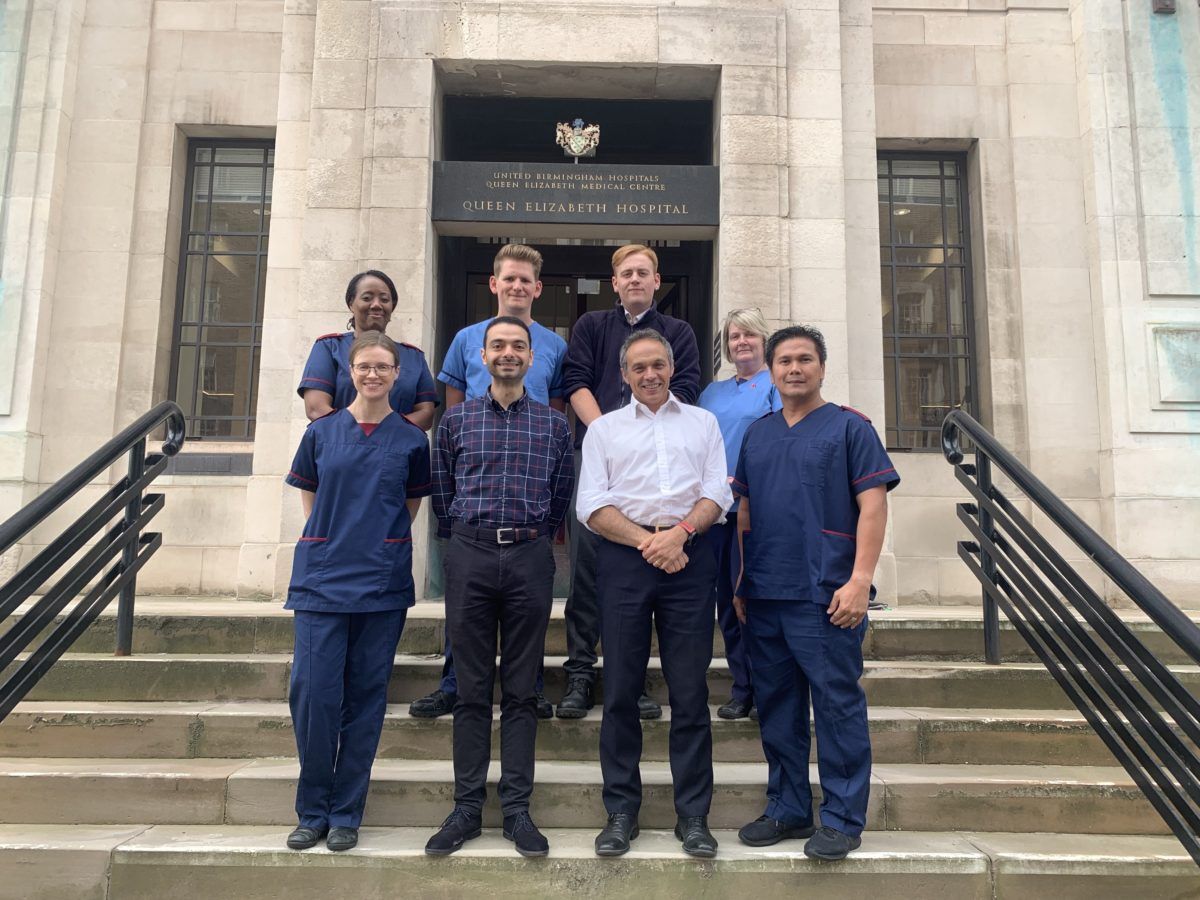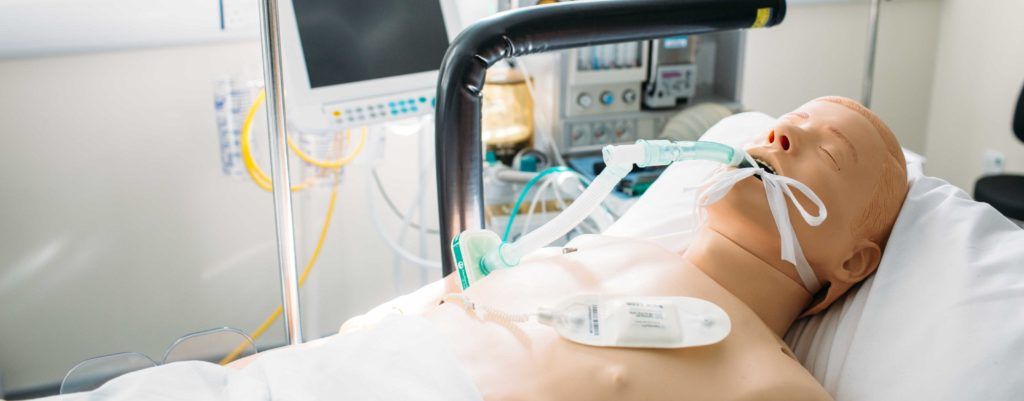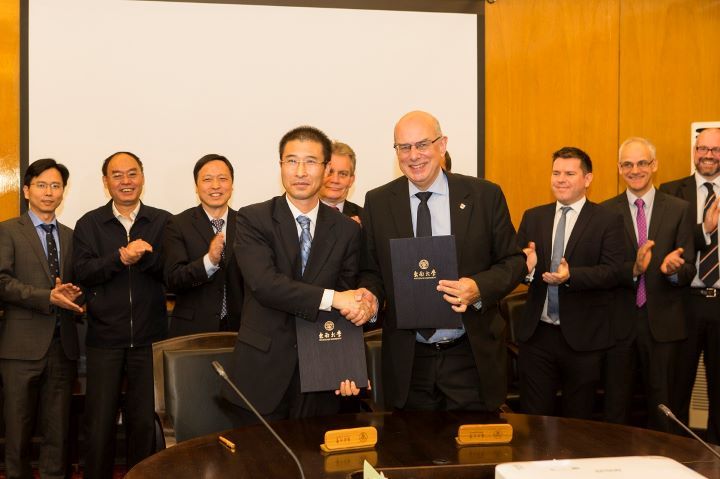The trauma landscape – #WhyWeDoResearch
The face of trauma and emergency medicine is undeniably changing.
Between 2008 and 2017, there were almost 250,000 major trauma cases in the NHS – and the complexity of cases has increased for a number of reasons:
> Patients are getting older.
In 2008, the median age of trauma patients was 45. By 2017, it was 59. And in addition, the number of patients over the age of 65 had doubled, from 22% to 42%.
> Trauma is trickier to treat.
As a possible result of the above, trauma patients are now more likely to present with co-morbidities – existing health conditions such as diabetes, COPD, asthma or mental health problems – which may make acute trauma and injuries more difficult to treat. In 2008, only 40% of patients fell into this category – by 2017, almost two-thirds of trauma patients had one or more pre-existing health complication.
> More severe incidents are more common.
Although the median severity of injury hasn’t changed significantly, there has been a marked increase in patients with an injury severity score (ISS) of eight or more – up by 260%.

Worldwide, the picture is much the same. With road traffic increasing in developing countries, significant construction projects in countries with less stringent health and safety regulations, and human conflicts becoming more complex, global health practitioners are increasingly interested in trauma research to improve outcomes.
It’s often said that ‘war is good for medicine’ – with weaponry evolving, the types of injuries sustained by servicemen and women may never have been seen before, meaning field medical teams have to quickly develop new interventions and techniques. For example, during military operations in Iraq and Afghanistan (2003-12), survival rates for UK combat casualties improved consistently due to factors including: pre-hospital interventions during rapid transfer; more effective pre-deployment training; and enhanced protocols.

With the right teams and training in place, military medics returning to the UK now bring with them vast experience of critical, multiple injuries which they can use when treating civilian casualties. To maintain these improvements, the NIHR Surgical Reconstruction and Microbiology Research Centre (SRMRC) was established in January 2011 at the ITM – with the aims of:
-
- Translating lessons learnt from the military to civilian practice
- Designing clinical trials that can be tested in the NHS and then implemented on the battlefield
- Developing innovative, holistic academic and clinical training for the leaders of the future
- Facilitating engagement with industry by developing collaborative research partnerships
In addition, even when people survive trauma, the impacts are felt long after discharge. The life expectancy of trauma survivors is some ten years shorter than the general population, meaning there are potential implications for the study of ageing – and therefore the possibility of benefit for the non-trauma population too.
It’s for these reasons that SRMRC exists.
Located centrally in Birmingham, SRMRC is co-located with the Royal Centre for Defence Medicine at the renowned major trauma centre, the Queen Elizabeth Hospital. The ‘QE’ – and its parent trust University Hospitals Birmingham – is the largest teaching hospital trust in England, treating 2.2m people every year.
But more important than the size of the Trust is its depth of expertise: it is a level 1 trauma centre and receives patients from across the Midlands and further afield for emergency treatment, and its trauma team includes medics from across the armed forces.
And as part of the wider Birmingham Health Partners ecosystem, SRMRC researchers are able to collaborate with colleagues from various specialties including genomics, inflammation and ageing, metabolomics, burns research and healthcare technologies – as well as specialist clinical trials units.

The annual cost of trauma to the UK economy is some £3.8bn – but back in 2010, trauma accounted for only one per cent of research expenditure.
Now, however, with SRMRC covering trials in neurotrauma; trauma and orthopaedics; critical care; burns; hand injuries; peripheral nerve damage; and emergency and pre-hospital medicine, there is every chance that survivorship, reenablement and rehabilitation will continue to improve for both civilian and military casualties, here and overseas.
You might also be interested in:
-
- Visit the SRMRC website
- Meet the SRMRC’s 24/7 research nursing team








